Filter by
The language used throughout the course, in both instruction and assessments.
Choose the Genome Sequencing Course That Aligns Best With Your Educational Goals
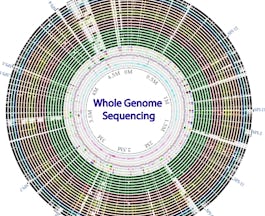 Status: Free
Status: FreeTechnical University of Denmark (DTU)
Skills you'll gain: Bioinformatics

University of California San Diego
Skills you'll gain: Algorithms, Bioinformatics, Computer Programming, Computational Thinking, Theoretical Computer Science, Python Programming
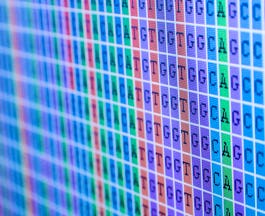
University of Toronto
Skills you'll gain: Bioinformatics, Probability & Statistics
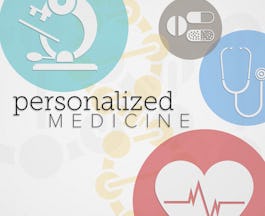 Status: Free
Status: FreeVanderbilt University
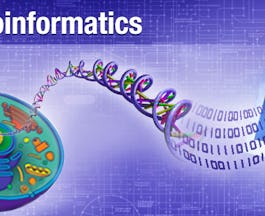 Status: Free
Status: FreePeking University
Skills you'll gain: Bioinformatics

University of Toronto
Skills you'll gain: Bioinformatics

LearnQuest
Skills you'll gain: Machine Learning Algorithms, Python Programming, Data Science, Dimensionality Reduction, Machine Learning, Regression
 Status: Free
Status: FreeTechnical University of Denmark (DTU)
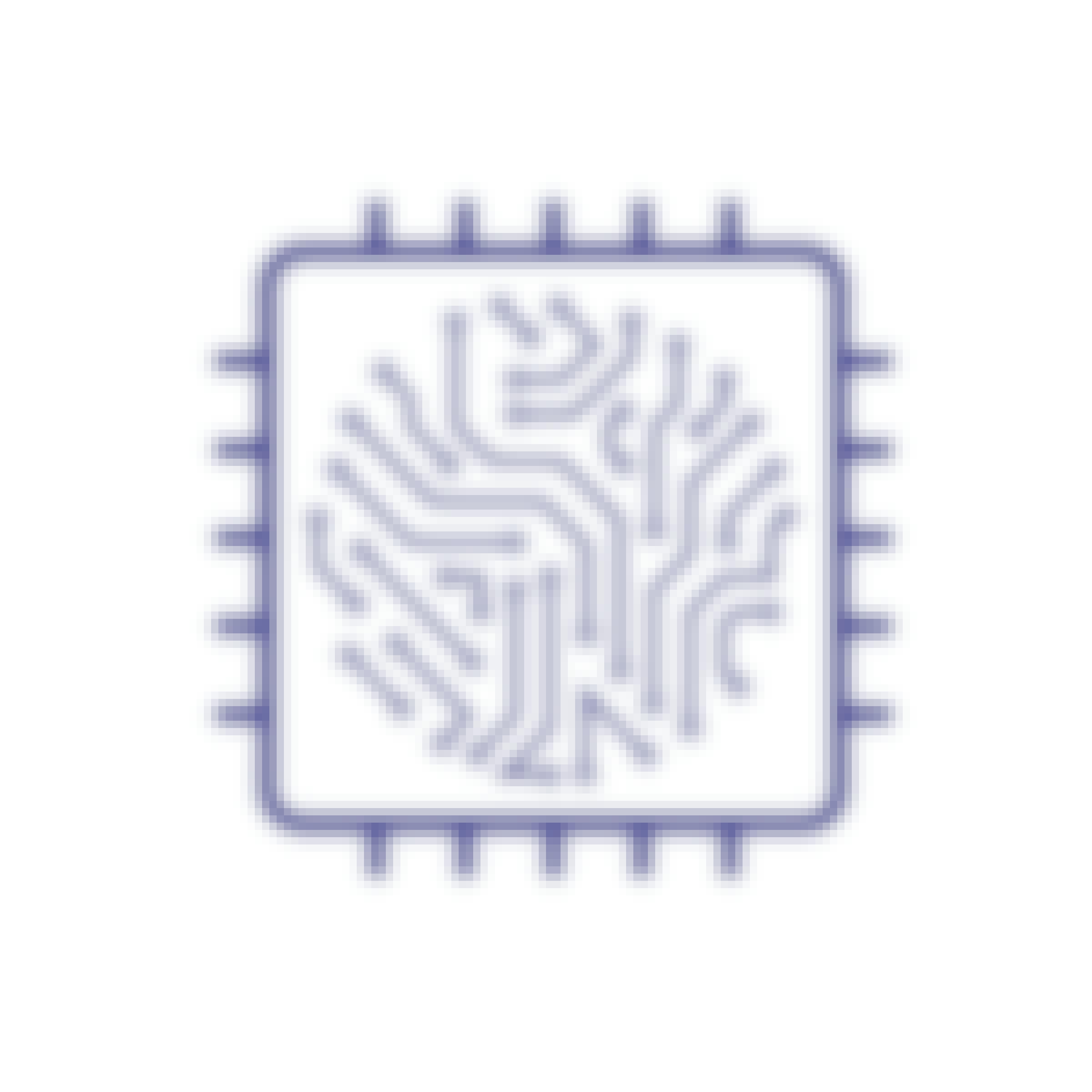
Skills you'll gain: Machine Learning Algorithms, Dimensionality Reduction, Machine Learning

University of California San Diego
Skills you'll gain: Bioinformatics, Algorithms, Computer Programming, Probability & Statistics, Computational Thinking, Computational Logic, Python Programming, Theoretical Computer Science, Critical Thinking, Graph Theory, Statistical Programming

Johns Hopkins University
Skills you'll gain: Algorithms, Bioinformatics, Computer Programming, Python Programming, Computational Thinking, Data Structures, Data Analysis, Programming Principles, Computational Logic, Computer Programming Tools

University of California San Diego
Searches related to genome sequencing
In summary, here are 10 of our most popular genome sequencing courses
- Whole genome sequencing of bacterial genomes - tools and applications: Technical University of Denmark (DTU)
- Genome Sequencing (Bioinformatics II): University of California San Diego
- Bioinformatic Methods I: University of Toronto
- Case Studies in Personalized Medicine: Vanderbilt University
- Bioinformatics: Introduction and Methods 生物信息学: 导论与方法: Peking University
- Bioinformatic Methods II: University of Toronto
- AI for Scientific Research: LearnQuest
- Antimicrobial resistance - theory and methods: Technical University of Denmark (DTU)
- Capstone Project: Advanced AI for Drug Discovery: LearnQuest
- Bioinformatics: University of California San Diego










